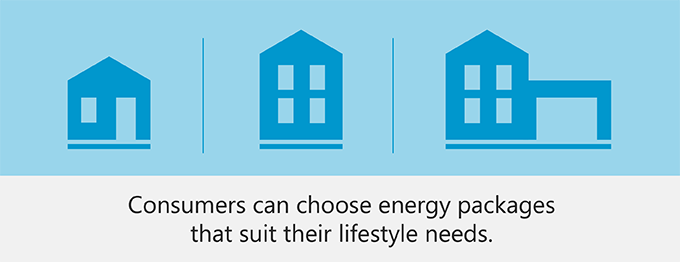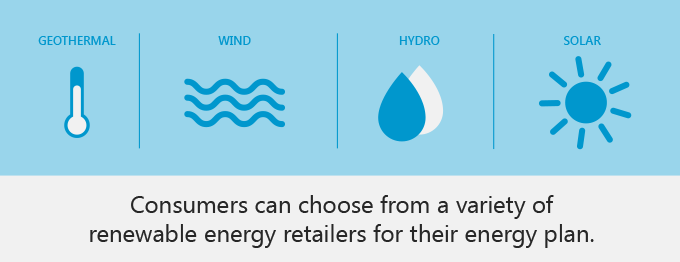85,000,000 Consumers Just Joined Japan's Energy Market
May 02, 2017
For the first time, Japanese households and small businesses can choose their electricity retailer. In 2016, the Japanese government liberalized Japan’s electricity market, ending a decades-long monopoly by Japanese power companies over the industry. As a result, nearly 85,000,000 energy users have come online to a consumer-oriented marketplace where energy retailers are a matter of consumer choice.
This regulation reform is one of the government’s many recent efforts to open the country to more foreign investment. Although foreign companies will have to build a name for themselves in Japan, they retain a distinct advantage against their established domestic counterparts: Japanese utility companies have little experience competing at the household and business level for consumer business.

Companies with a track record in household electricity retail are especially expected to thrive in the new market: In 2015, Texas-based Spark Energy, Inc. formed a joint venture with Japan’s E-Rex Co. Ltd. to supply retail electricity; the partnership has already signed up more than 40,000 customers. In November, North America’s XOOM Energy became the first foreign company to officially register with METI as an electricity retailer. The company is already servicing households and small businesses in the Tokyo market, with plans to expand throughout 2017.
The government estimates that by 2020, the amount of energy plans sold will have increased nearly three-fold since 2015. The newly deregulated market, valued at $73 billion USD, consists of 78 million households and 7 million shops and offices.

Another benefit to this market shift is that more providers can offer solar power to meet consumer demand for clean energy. U.S. solar companies already accustomed to a competitive marketplace may find significant advantages in the Japanese market. They can provide expertise in delivering solar power to consumers through such innovative practices as solar leasing, crowd sourcing of solar power, and use of on-bill repayment, where customers pay for clean energy upgrades to their buildings, such as converting to solar power, over time, on their energy bills. U.S. solar firms can also partner with Japanese manufacturers by licensing solar technology or by providing the equipment to manufacture solar panels.
One example of a new player challenging Japan’s incumbent utilities is Toronto’s Solar Power Network (SPN), which specializes in onsite power development. SPN leases rooftops on industrial and commercial buildings such as supermarkets to install solar panels. The businesses then use the clean energy stored by the panels for business operations, thereby reducing the need for inefficient power transmission across regions — and bypassing the outdated infrastructure of the existing power grid.

Foreign companies planning to expand into Japan’s energy market should bear in mind that communication with METI, local officials, electricity providers and landowners will be in Japanese.
To learn more about Japan’s electricity market or to obtain information on energy subsidies for foreign companies, contact your local JETRO office: https://www.jetro.go.jp/usa/contact-us.html.
Source: https://www.jetro.go.jp/ext_images/canada/pdf/powermktseminar070416keynote.pdf






